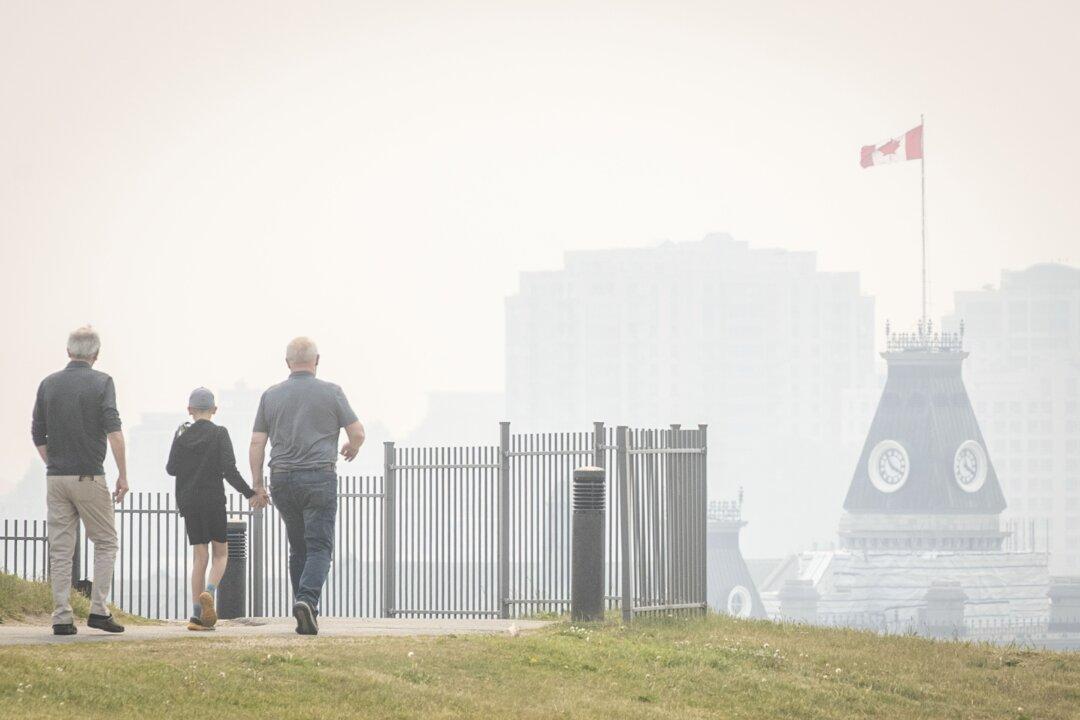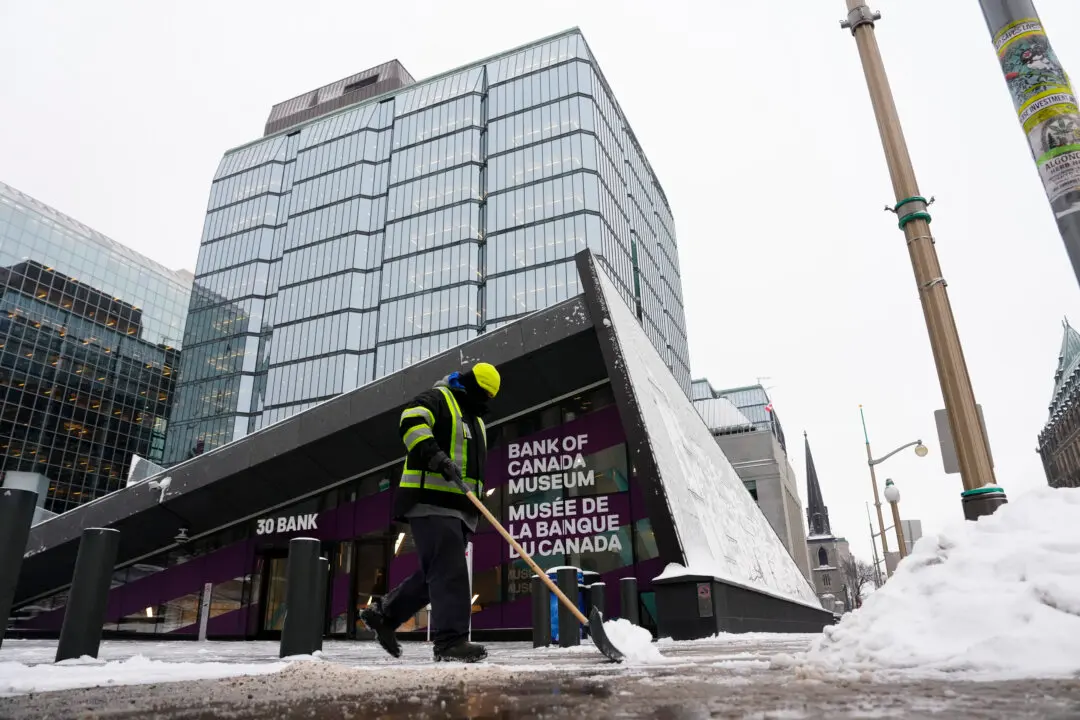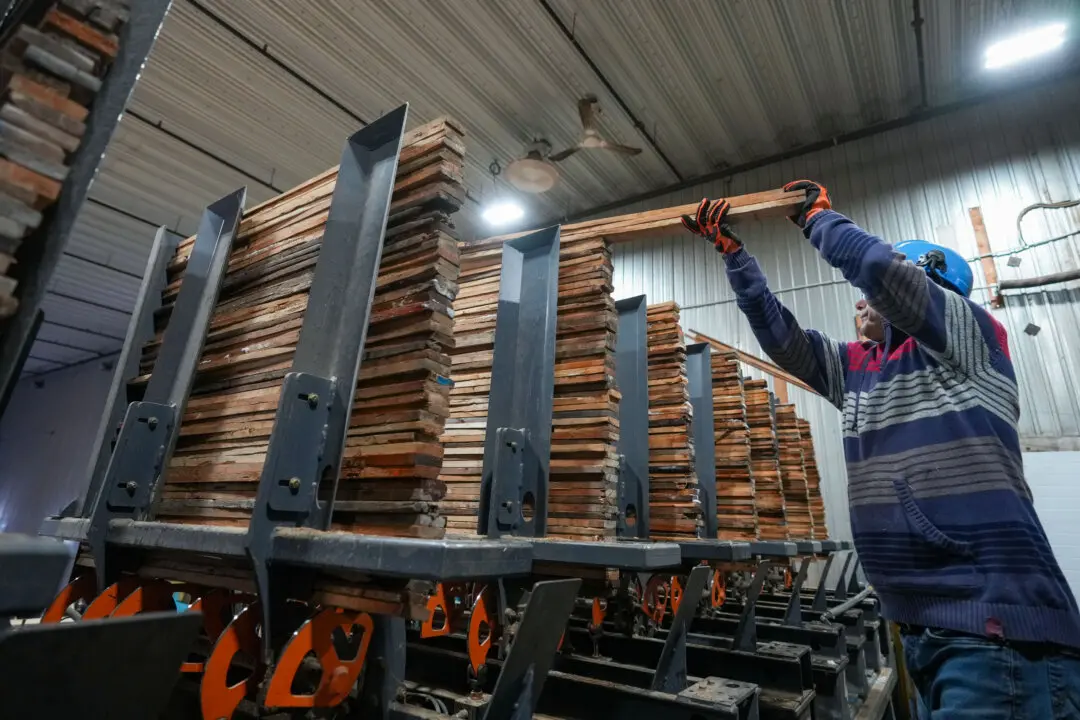While there have been suggestions that wildfires are becoming more frequent and severe due to climate change, environmental and economic professors interviewed by The Epoch Times say that the number of fires has been decreasing for decades and that the cause of the fires in many cases can be attributed to poor forest management.
“The prime minister said that climate change is causing more and more forest fires, and the record shows the opposite,” said Ross McKitrick, an environmental economics professor at the University of Guelph.





